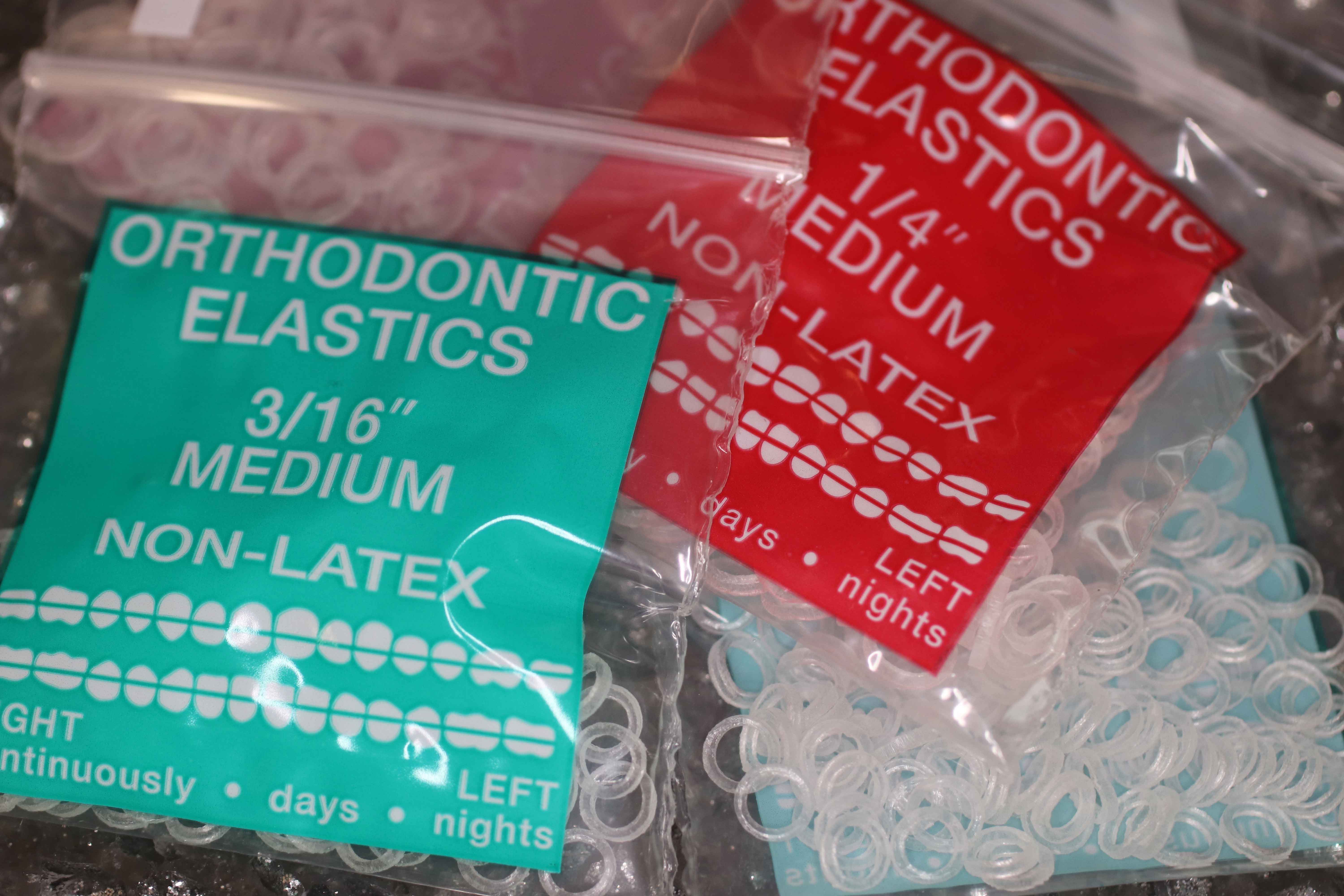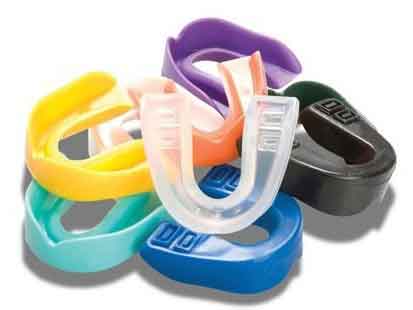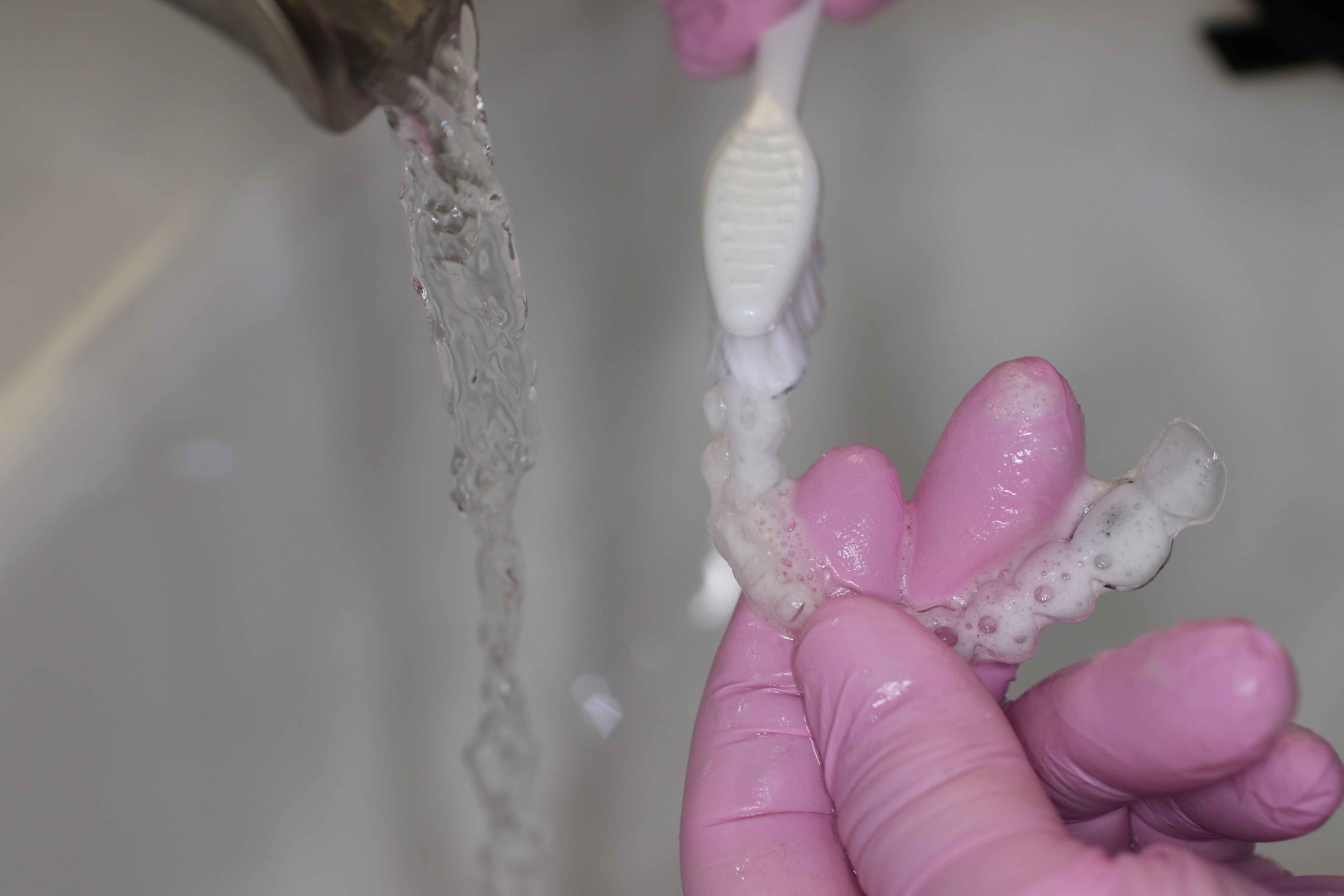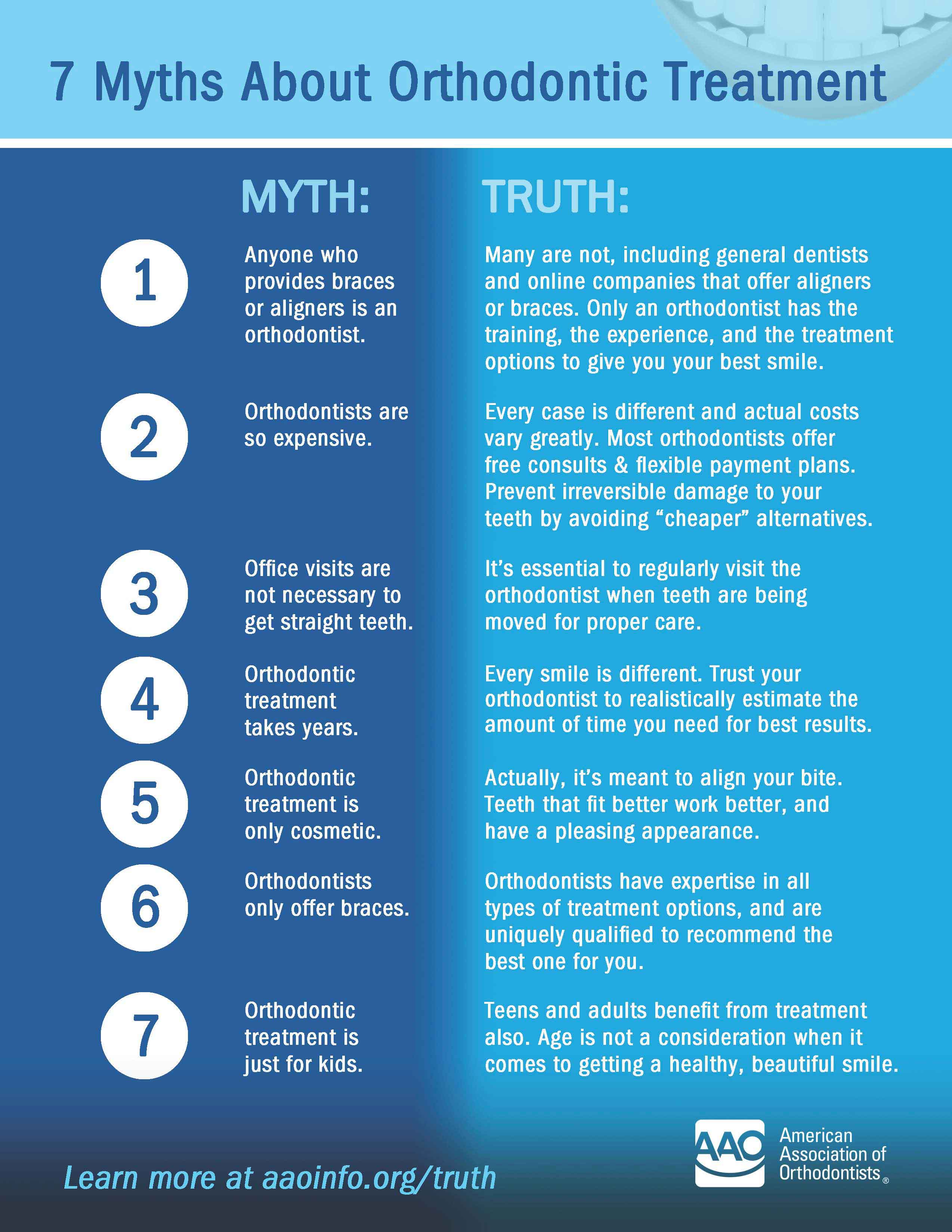The Importance of Orthodontic Elastics
Whether you’re being treated with traditional braces or Invisalign®, it’s especially important to wear orthodontic elastics as directed to achieve the optimal result. Elastics guide teeth and jaw growth in favorable directions – in doing this, they help correct bite problems, prevent tooth wear, and improve profile balance.
Always follow the instructions of your orthodontist regarding the type/orientation of elastics and number of hours of elastics wear required per day. Wearing elastics too few hours each day prolongs orthodontic treatment time and can ultimately compromise treatment results.
We recommend setting up daily reminders on your calendar to help you remember to wear your elastics. The sooner you wear your elastics as directed, the sooner your treatment will be complete!










